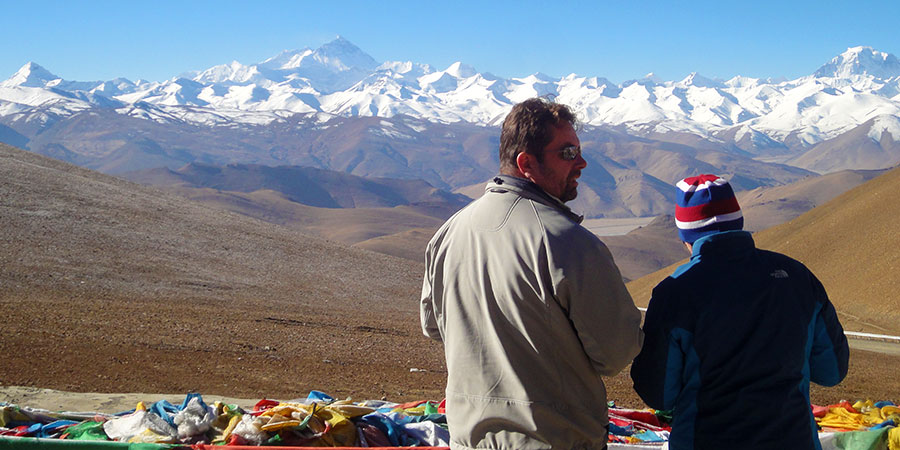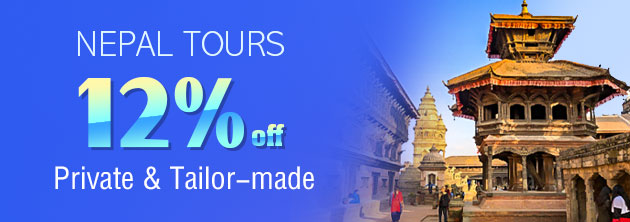9 Interesting Myths about Nepal History
Countless tourists are waiting to get appropriate information before they finally visit Nepal. Some of the myths might sound real but there are a lot of back stories related to them. Before you finally PAY a visit or even plan your trip, here are some of the interesting myths about history of Nepal that you must know about.1. The untold story of Rani Pokhari
Rani Pokhari is a stunning white temple located on the lake of the Kathmandu. Even though the temple looks extremely beautiful, it doesn’t have a pleasant history behind it. The temple was built by the king to appease his wife on the death of their son who got killed by an elephant. However, the queen kept mourning for her son and since then the temple is said to be haunted. The lake is said to have taken many lives of sad women.2. Kathmandu City was once a lake
Based on the Swayambhu Puran and Nepal History, the back story of Kathmandu valley coming into existence is quite interesting. The place was said to be a lake with floating lotuses and the god from Tibet named Manjushree noticed bright flame coming out of the lotus. He struck the light with the sword of wisdom and the Kathmandu valley came into existence. Some of the folklores and legends also mention that Lord Krishna was the one striking the lotus which made the beautiful Kathmandu valley emerge.3. Earthquake destroyed the country
In history of Nepal, the massive earthquake in May 2015 had killed a large number of people. The death count went up till 8,000 people and 21,000 were said to be injured and the disaster has left many homeless. The rumors say that it destroyed the tourist sites and many important heritage sites which is not completely true. The town and other places were worst affected but a major part of Nepal and its heritage sites remain unaffected. The important spots where trekking lodge, restaurants, and hotels are located, are still intact.4. Not all Nepalese are mountain climbers
This concept is highly misunderstood, not all Nepalese have climbed the Mount Everest. Because climbing is not a child’s play, it’s not something you will wake up and decide one morning. Climbing needs preparation and that too for the highest peak of Nepal. It also requires training and basic to advanced ideas of climbing the right way. Some people from Nepal don’t even grow up near mountains; let apart being a pro in climbing.

Tourists Take Photos of Mount Everest in Nepal
|
5. Nepal is a Buddhist Country?
Though Nepal is a hub for being a Buddhist pilgrimage site, with the presence of Boudhanath stupa towards the northeast of the Country, the Niwari people follow a blend of religion mainly the Buddhist-Hindu religion. However, on moving towards the west of Kathmandu, you will see that Hinduism is practiced more in Nepal. Apart from this, this country also has a small population of Islam, Christianity, and other religions.

Pashupatinath Temple - A Sacred Hindu Temple in Nepal
|
6. Nepal is a mountain Shangri-la
There is a novel named Shangri-la which means a permanently happy land, inhabited by some of the ageless people. This term from that time has been used several times in lazy travel writing to explain Nepal. It also portrays some of the harsh reality of Nepal which explains that life is tough in this country. Apart from being beautiful and an attractive place for tourists, this place also has the poorest economy, which can’t be overlooked.7. Nepal was a kingdom before 2008
Nepal was known as a kingdom between 1768 and 2008; however, some people still refer to Nepal as Kingdom. After the death of the seven members of the Royal family, including the king, queen who was shot dead, the crowd believed that the crown prince was the culprit behind the tragedy. Several battles took place in between and in the year 2008, 28 May Nepal was declared a Republic.8. Kathmandu can't be colder than the North Pole
Nepal indeed experience decent cold during winter, but it doesn’t justify or can’t be compared with the North Pole. Kathmandu has a relatively cold climate, which makes the surrounding hard to bear. The average temperature is said to be around 15 degrees Celsius, and during the day, the temperature is quite pleasant and sunny, especially in other seasons. You can believe that there are chances of frostbite or any other problematic situation in winter. However, if you are going to the higher altitudes, you might want to carry the essential to stay warm. That's actually, high-altitude areas might be colder than the North Pole.9. Sherpas are a few people on top of the mountain
The name Sherpa is given to young men who will carry the luggage for you on top of the mountains. These people are said to be the ethnic group of people from eastern Nepal. This group of people emerged from Tibet a hundred years ago and they mostly stay around the Everest region. They are mostly involved in tourism so that they can provide help to the tourists. They mostly serve as porters, lodge owners, guides, rescue personnel, etc.These myths about Nepal and Nepal history are quite popular and many tourists get confused while planning or booking their trip to Nepal. However, when you finally visit Nepal, make sure you are well aware of the myths of Nepal History to explore the place better. Don’t forget to carry your camera to capture the best of Nepal, follow the basic tips and carry the essentials to have a great time in this incredibly diverse country.
Further Reading:
8 Surprising Facts about Nepal Culture
Dissecting Nepal with Religion: What Is the Main Religion in Nepal?

